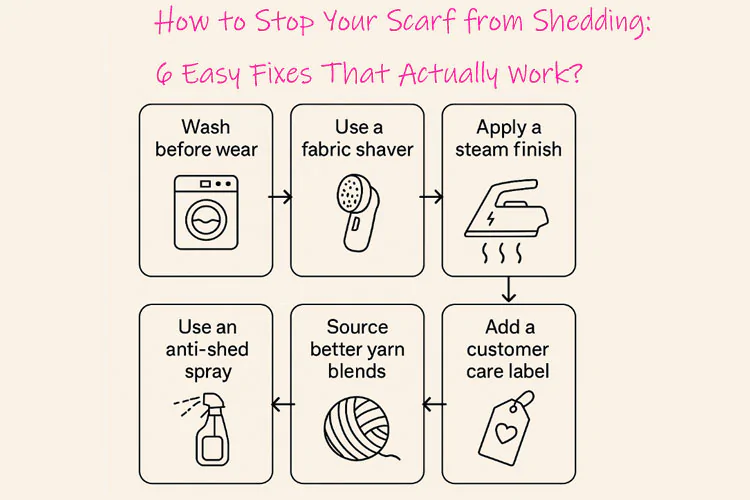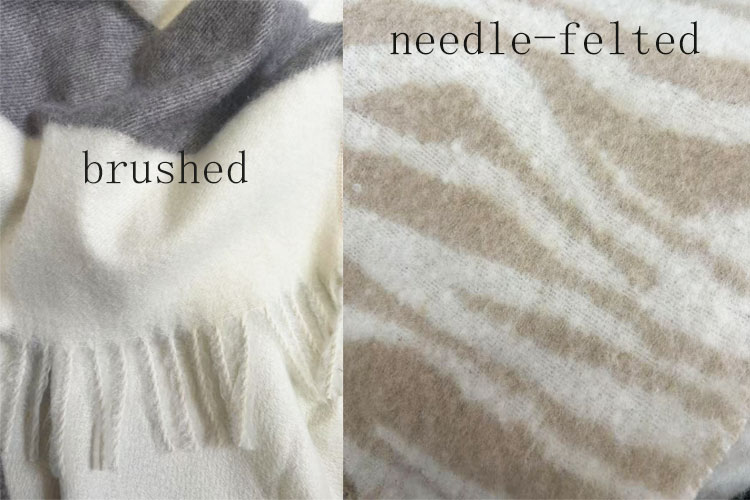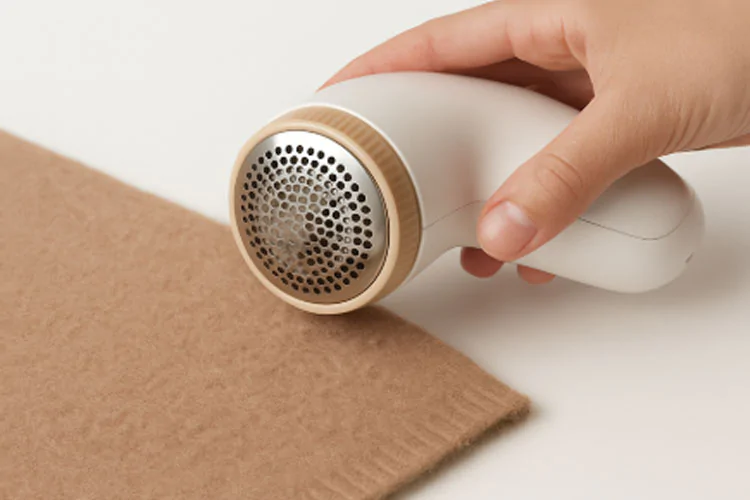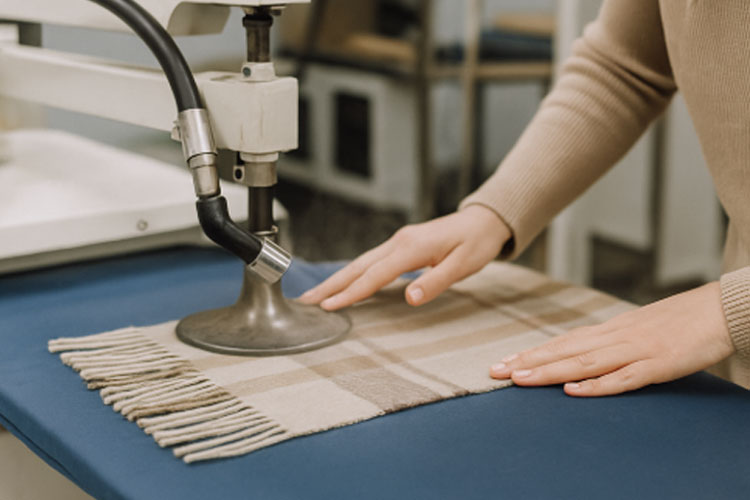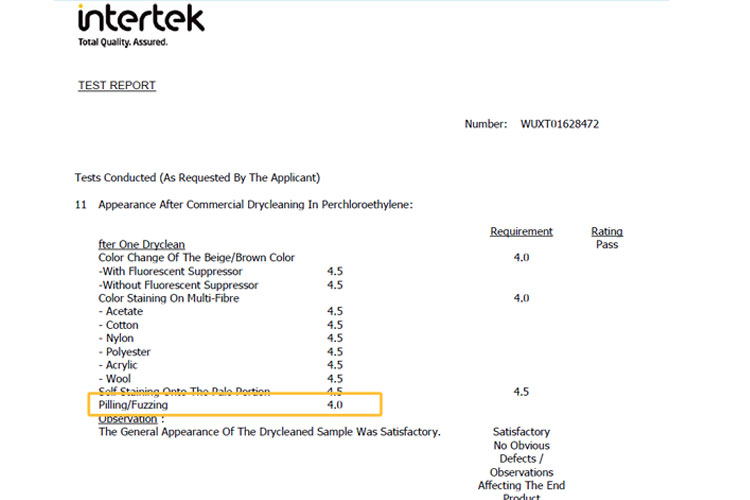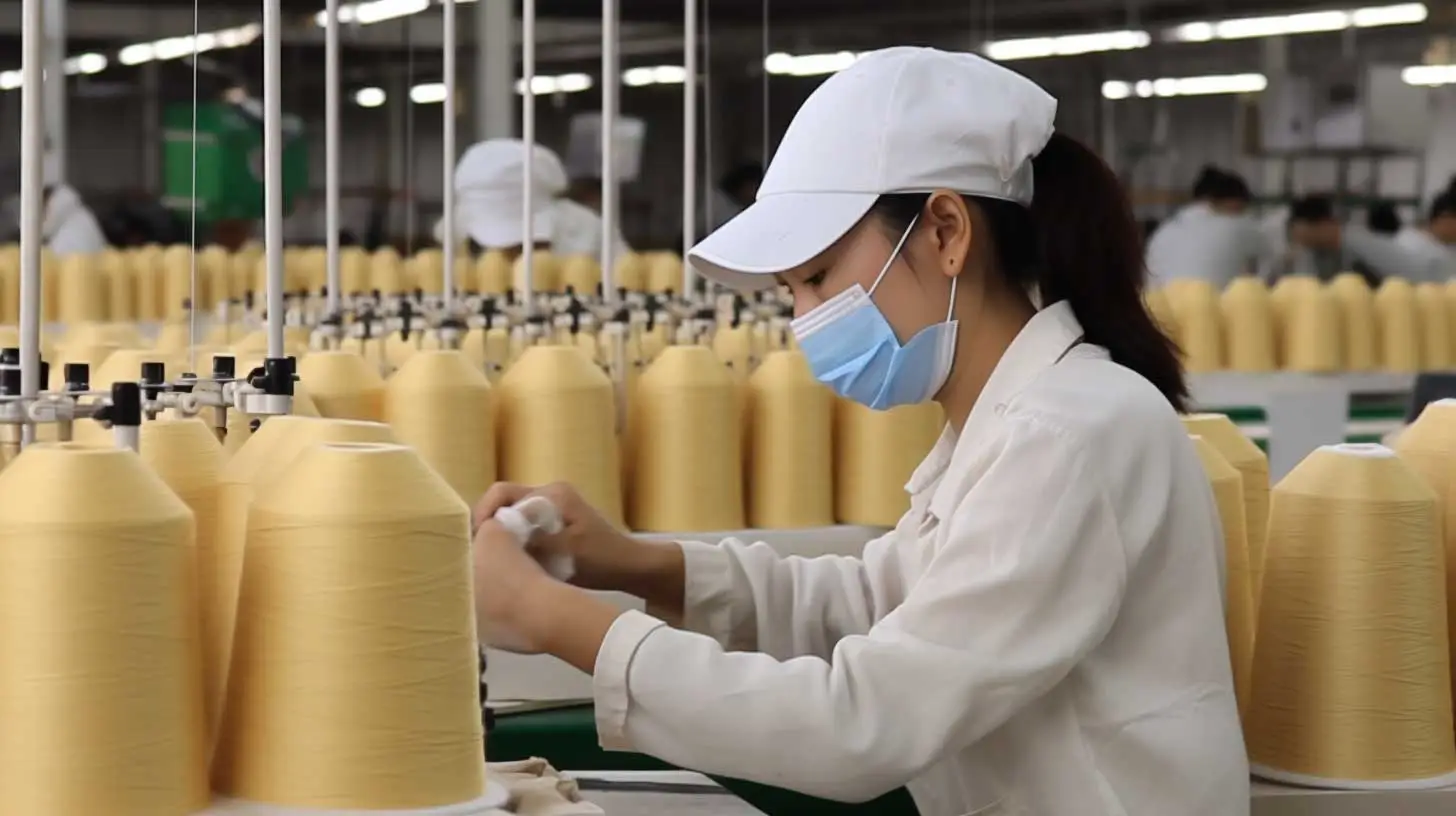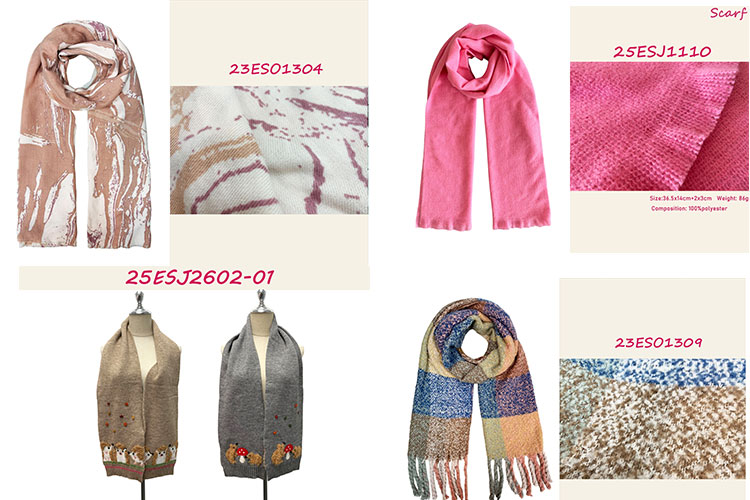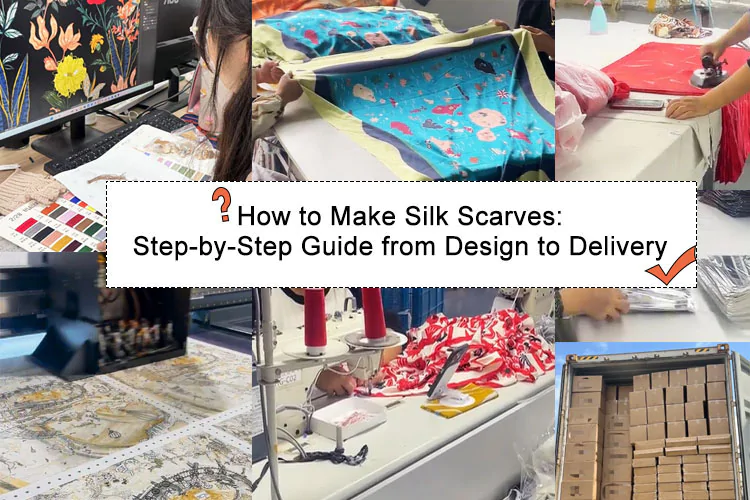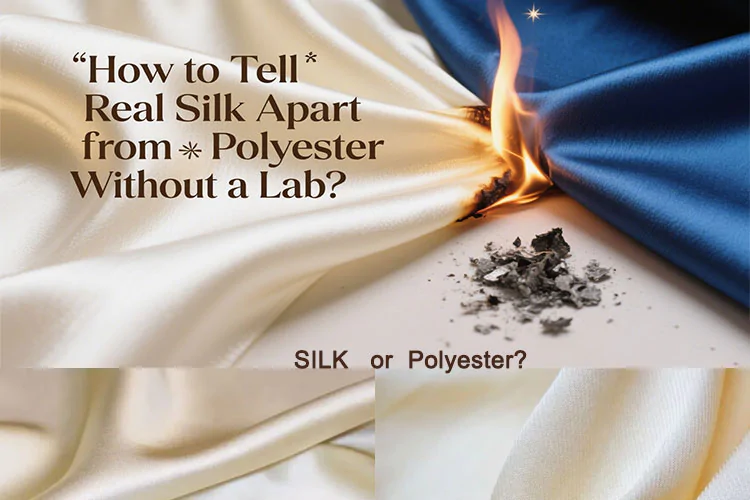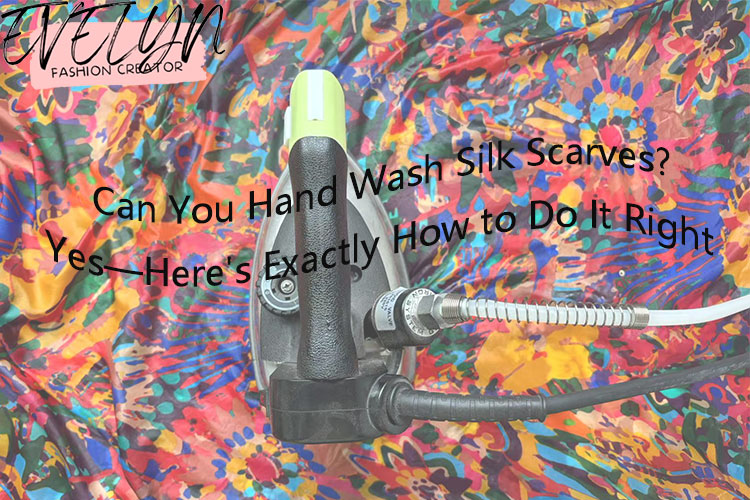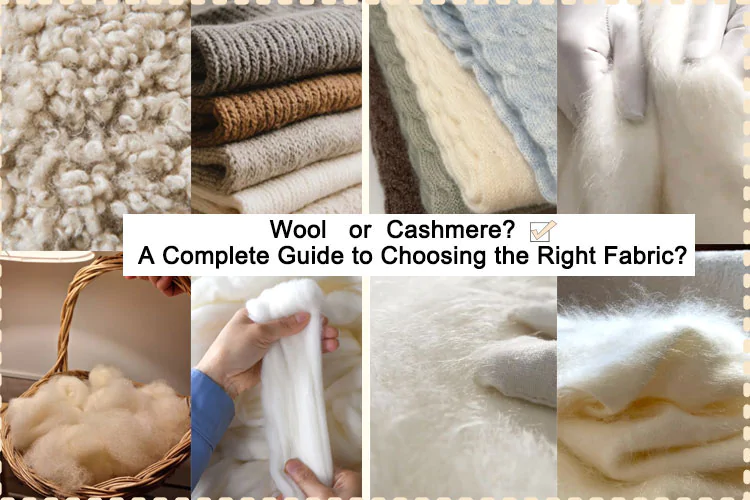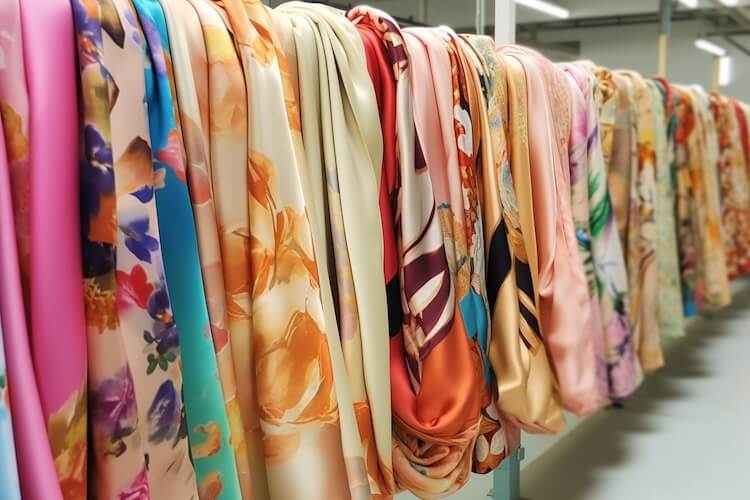If your customers keep complaining about fuzzy scarves or you’ve noticed that beautiful wool blend shedding all over your clothes, don’t panic. Shedding scarves is a common issue in fashion retail. It creates returns, unhappy clients, and tarnishes your brand image. But the good news? This problem is fixable. Let me walk you through proven ways we help our clients solve it.
I’ve been in the scarf industry for over 10 years—from understanding the original yarns to visiting dyeing factories to check color accuracy, inspecting weaving and knitting processes, and monitoring quality at every stage. I’ve seen firsthand how small choices in material or treatment can affect whether a scarf becomes someone’s favorite or ends up returned. Even my friends often come to me for advice on what fabrics are best or which scarves won’t shed easily. Today, I’d love to be that person for you, too. I’m here to guide you if you’re wondering how to stop scarves from shedding.
The quickest way to stop your scarf from shedding is to pre-treat the fabric before it hits your shelves. This includes de-fuzzing with a fabric shaver, gently washing in cold water, using a fabric softener, and even sealing fibers with a steam finish. If you’re a brand, sourcing better yarn blends or applying anti-shed treatments during manufacturing also works wonders.
There’s no single cure-all. But with the right approach, your scarves can look premium—and feel it too.
Why does my scarf shed so much?
It starts with the type of yarn or blend used. Loose fibers or short staple fibers tend to detach more easily. This is especially common in soft materials like mohair, alpaca, brushed acrylic, or polyester. According to industry fiber test reports, these fabrics can shed 30–60% more than tighter, long-staple yarns.
But beyond the fiber itself, the finishing process plays a huge role—especially for winter scarves. Many woven scarves are intentionally brushed or needle-felted to create a softer, cozier handfeel. These techniques lift the surface fibers to give the scarf a warm, plush texture. The downside? Those raised fibers are more likely to loosen and shed with wear and friction.
Add in other factors like humidity, how the scarf is worn, and whether the fabric was properly finished at the factory, and you’ve got the perfect recipe for fuzz. Scarves that skip crucial steps like steam setting or sealing can continue shedding during the first few wears—or even longer.
1. Wash before wear
A gentle cold water wash can reduce up to 40% of surface shedding according to this textile study. It helps remove loose fibers left over from manufacturing.
Use a laundry bag, avoid spinning too hard, and always air-dry. This reduces mechanical stress on the yarn.
2. Use a fabric shaver
One of the easiest fixes. Use a battery-powered fabric shaver to carefully remove fuzzy bits.
We recommend offering one as a giveaway to your wholesale buyers or resellers—it boosts perceived value and cuts down customer complaints.
3. Apply a steam finish
If you’re producing scarves at scale, ask your manufacturer to apply a steam press finish after knitting. This helps fibers lock together and improves fabric stability.
Brands that added steam finishing reported 30% lower return rates on soft scarves, based on supplier case studies.
4. Use an anti-shed spray
Yes, there’s such a thing! Anti-shed sprays—often silicone-based—coat the scarf and help fibers lie flat, reducing surface fuzz and shedding. But in our actual production, we take it a step further. We apply anti-pilling agents during finishing and run pilling resistance tests to make sure the fabric meets our durability standards.
This two-step process is especially effective for brushed fabrics like mohair or acrylic blends, which are more prone to fiber lift. It’s how we help our clients deliver scarves that stay soft—without the fuzz.
5. Source better yarn blends
This is where we come in. At Evelyn, we help brands source longer-staple, low-shed yarns from trusted mills. Blends like viscose-acrylic, tightly twisted cotton, or wool-polyester perform better long term.
Using higher-quality yarn upfront saves you from dealing with post-sale complaints.
6. Add a customer care label
Sometimes, it’s all about managing customer expectations. Add a printed label with care instructions:
-
Wash gently
-
Avoid rough coats
-
Use a lint roller periodically
It shows professionalism and reduces unnecessary returns. We help clients design multilingual care labels to suit their markets.
Should I stop selling brushed or soft scarves altogether?
Not at all. Customers love these textures. The key is managing the fiber finish, blend, and expectations. When sourced and prepped right, even soft brushed knits can stay beautiful for a long time.
Keep what customers love—just make it smarter.
Can Evelyn help fix my current stock that’s shedding?
Yes, we’ve helped clients reprocess leftover stock with additional finishing, repackaging, and labeling. This way, you avoid total loss and turn B-grade items into usable, profitable inventory.
What’s the best anti-shed blend for winter scarves?
We recommend wool blends with 10–15% acrylic or viscose. They’re warmer, less likely to fuzz, and easier to finish. Based on retail buyer surveys, these blends also see higher resale margins.
Conclusion
Shed happens—but we can stop it. From sourcing smarter to offering aftercare, let’s help your scarves stay stylish (and fuzz-free). Reach out if you need help with better yarns or scarf manufacturing. We’re here for you.

